- This Month in Wildlife Sightings #Jan2022
- This Month in Wildlife Sightings #Feb2022
- This Month in Wildlife Sightings #March2022
- This Month in Wildlife Sightings #April2022
- This Month in Wildlife Sightings #June2022
- This Month in Wildlife Sightings #Sep2022
- This Month in Wildlife Sightings #Nov2022
- This Month in Wildlife Sightings #Dec2022
- This Month in Wildlife Sightings #March2023
- This Month in Wildlife Sightings #April2023
- This Month in Wildlife Sightings #May2023
- This Month in Wildlife Sightings #June2023
- This Month in Wildlife Sightings #May2024

As it’s starting to get wonderfully warm in Gir, our naturalist Karthik talks about how it’s simply the best time for sightings and to observe some of the finest yet often - overlooked creatures who are extremely skilled at blending in with the environment.
Summer is starting to seep in and it comes with the advantage of seeing through the vegetation as most trees get dry and leafless. Spotting animals in this period is considerably better than other seasons but what makes the sighting quite interesting is these animals’ great ability to blend into the surroundings. It's a game of ‘hide and seek’ for the wild side in Gir . Camouflage is one amazing tactic that animals use to attack, defend or conceal themselves against predators. There are a wide variety of camouflage tactics creatures make use of, mainly influenced by behavior of their predator or prey and the environment they reside in.
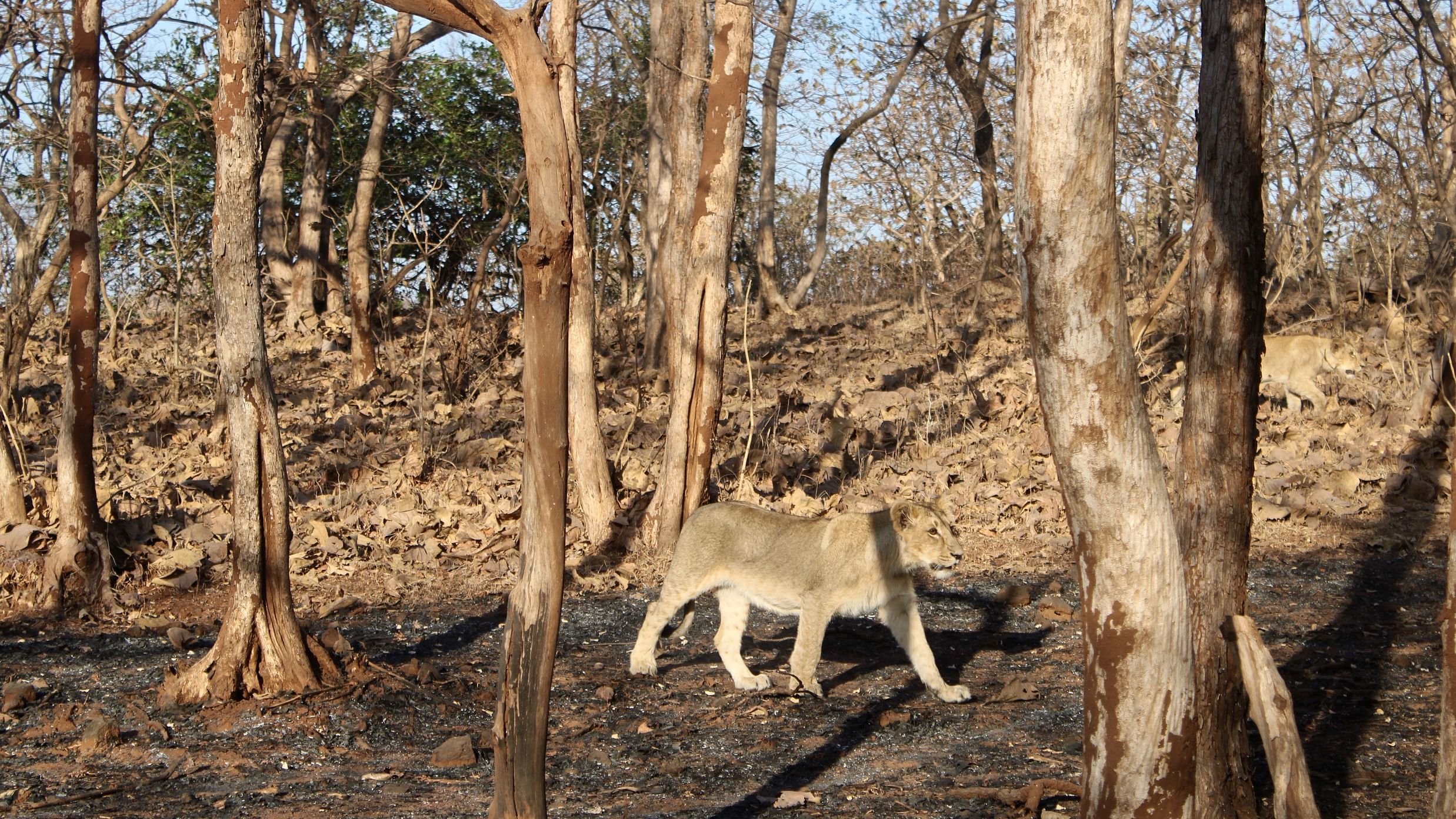
Lions being the top predators in Gir make use of their tan color to blend in with open woodlands, grasslands and drylands of Gir landscape. Their plain coat helps them to disappear in the background even when there is nothing to hide between and allows them to sneak up and get close to their prey when the time comes.

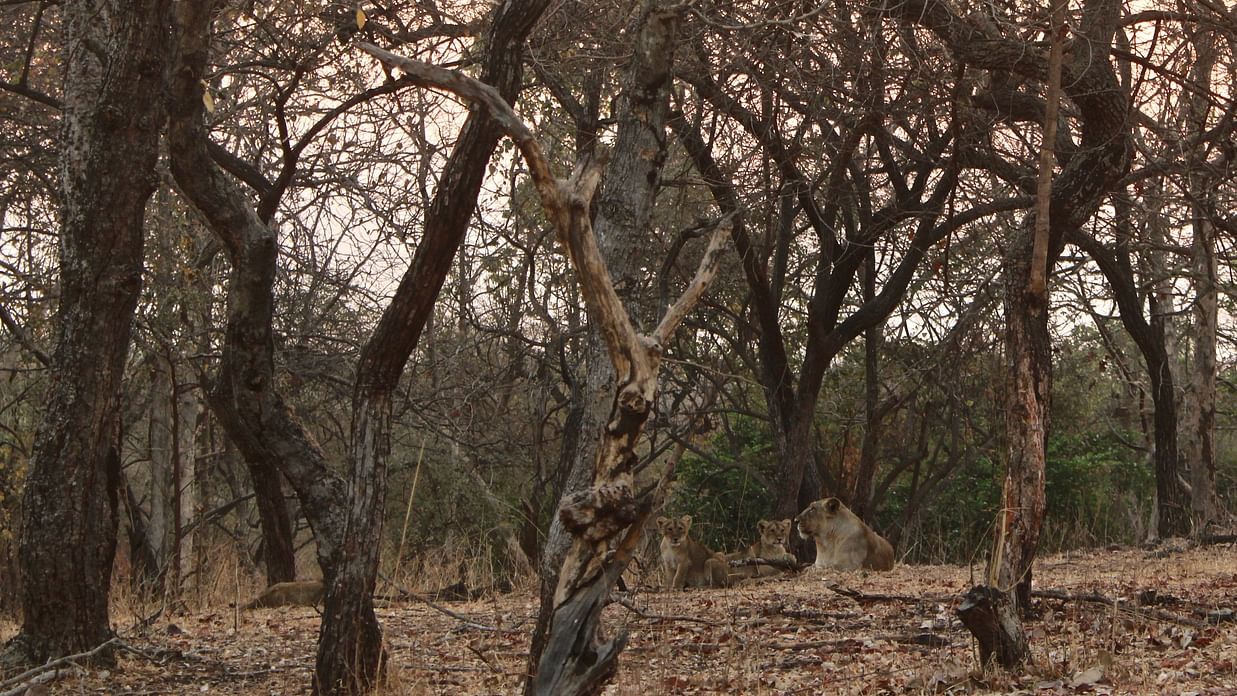
Even for such top predators like lions and leopards,camouflage plays a very huge role in earlier stages of their lives to defend against other territorial competitors. Lions cubs have spots when they are born and later fade away as they grow.
Rosettes of leopards help them blend into the lights and shadows of the woodlands and tangled vegetation . Their rose shaped dark blotches break the outline and help them to sync in the background, assisting them in hiding and ambushing their prey.
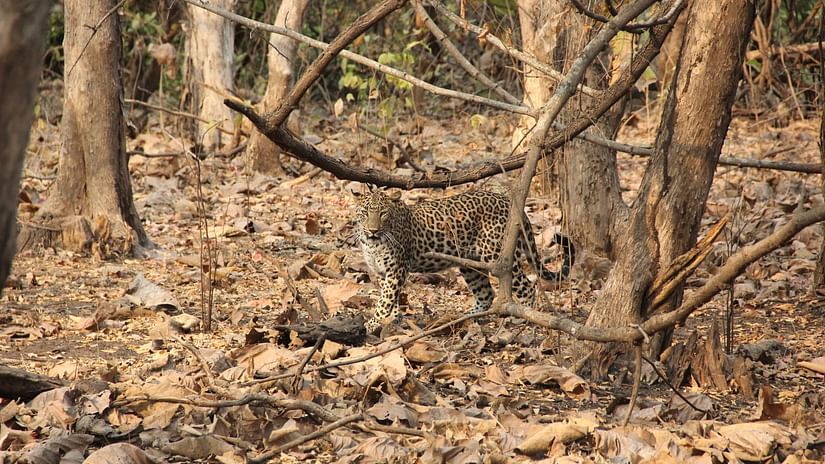

These pictures of a female leopard were captured by our guest, Sanaya Irani Zohrabi on an evening game drive
Spotted deer being the most common one in Gir make s use of its white spots and its gold to brown body coloration as well as some amount of countershading to blend into a variety of habitats. Spotted deer is one of the most successful and widespread of all deer species in Gir, thanks to its amazing speed and camouflage techniques.
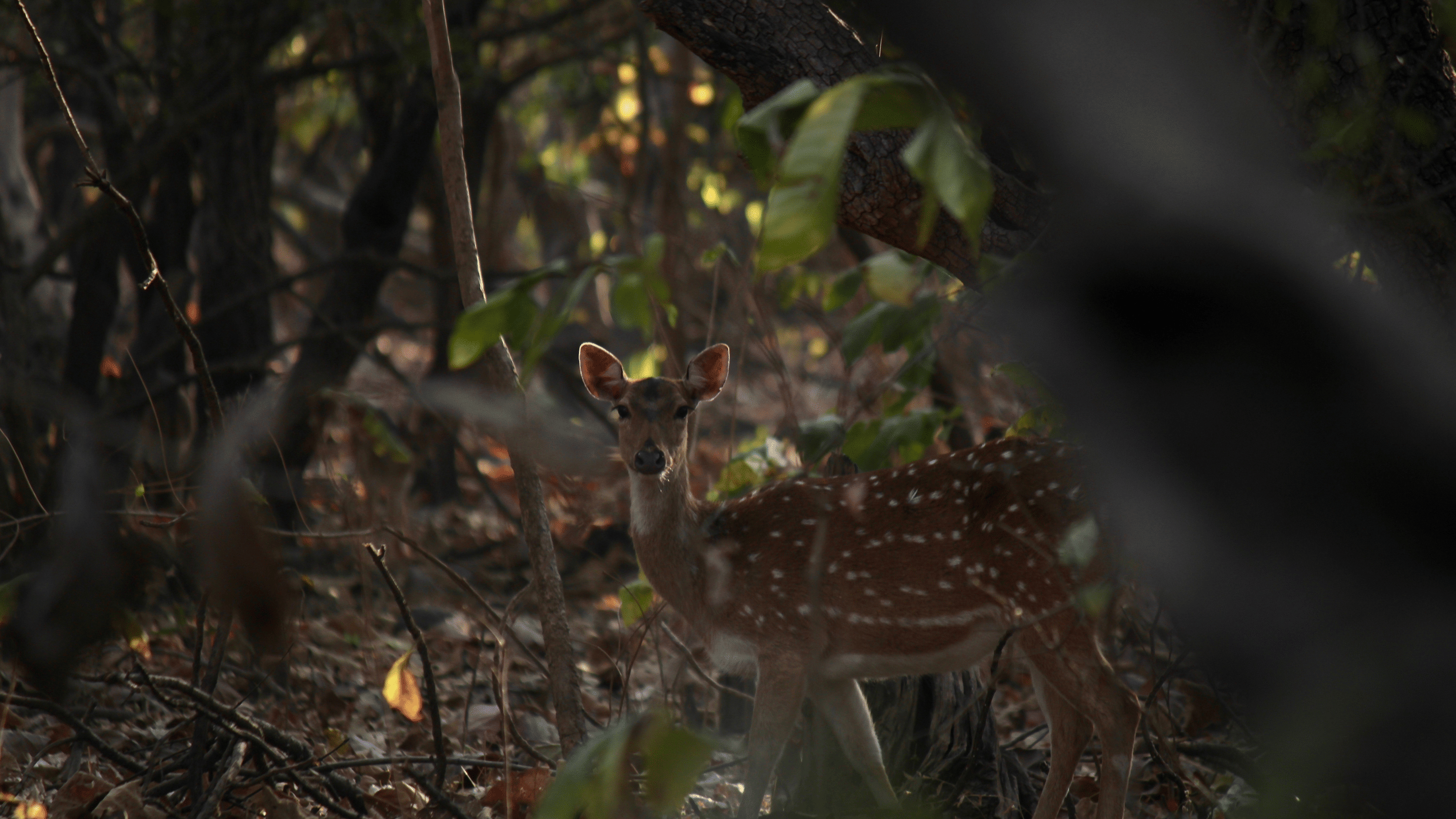
Being able to blend into the background is one of the most common ways of camouflage, some prey animals which don’t have spots rely on countershading and simply on the background colors of trees, rocks and surface colors of the landscape.
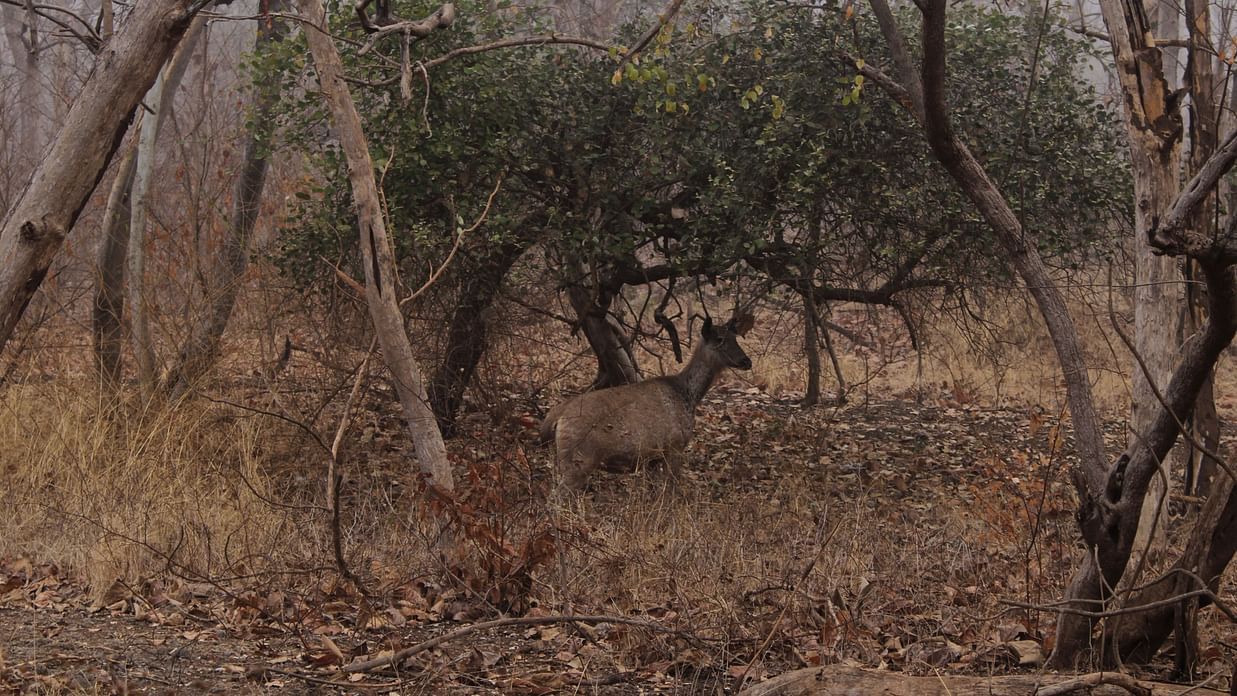

Smaller creatures also rely on camouflage for survival and they are the true masters of disguise. They have unique patterns, tones and colors to match leaves, tree trunks, rocks and make use of macro habitats they live in.
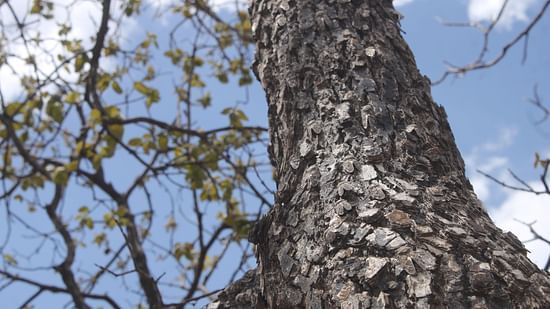
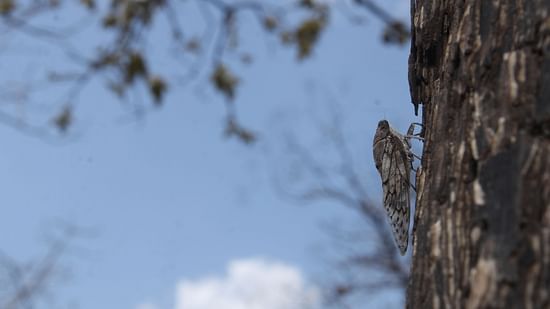
Seasonal Cicadas on a tree trunk
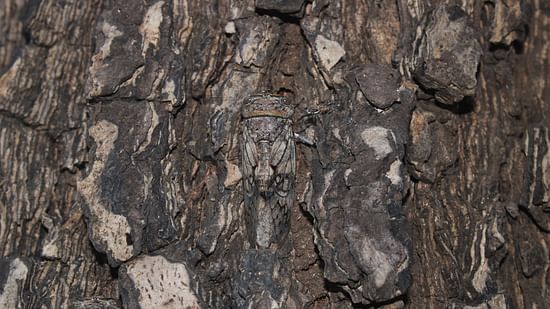
Butterflies have more than one option to hide themselves in their habitats. They have varied patterns and colors on the upper sides (dorsal) and lower side (ventral) of the wings. Although most butterflies' bright and colored dor sal wings are used in courtship dance which they use to attract females, some have developed both dorsal and ventral sides as defense as they can camouflage and avoid predation.

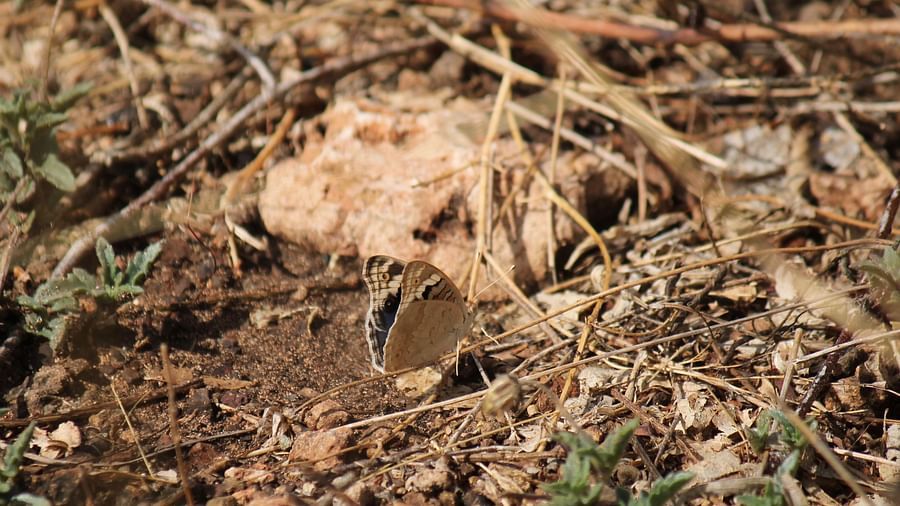




Matching background and disruptive coloration is none other than animals mimicking the surroundings they stay in. And things like leaf litter, twigs and small rocks in their habitat play a huge role in their survival.

Take a look at these little masters of the camouflaging tac tic . Aren’t they simply brilliant? Let’s see how many of these can you actually find.









